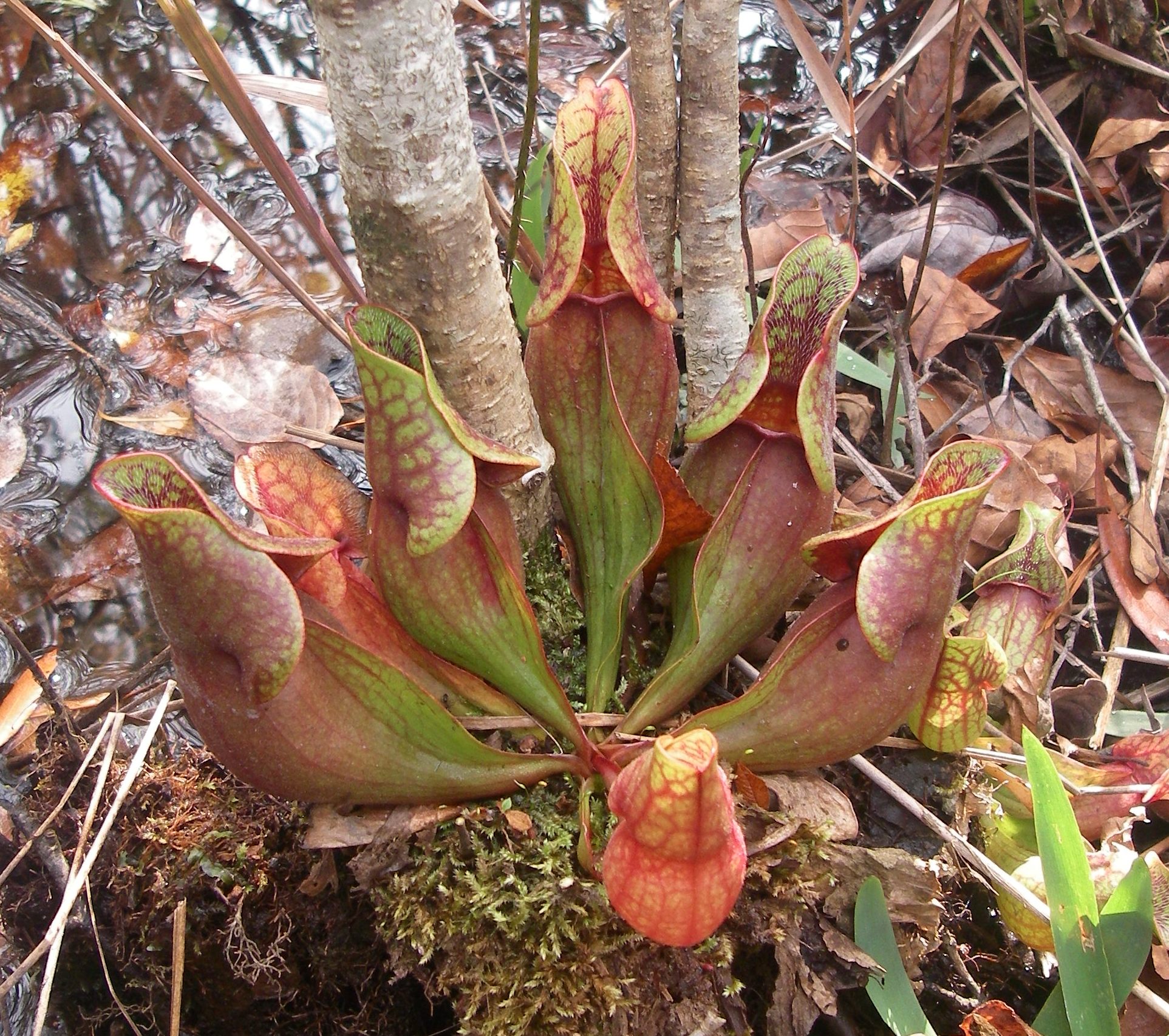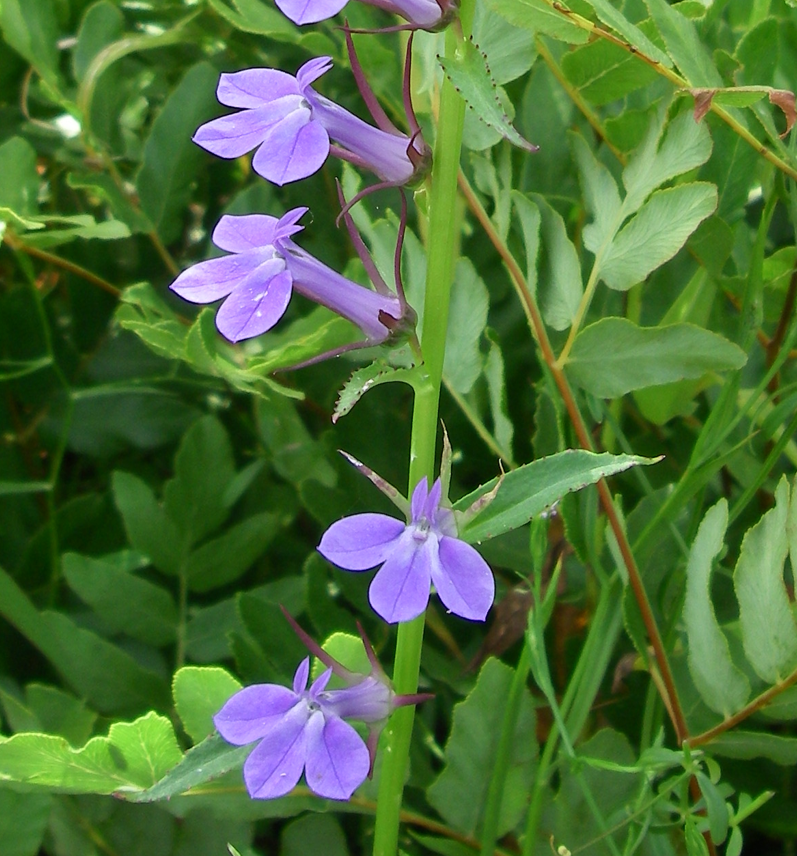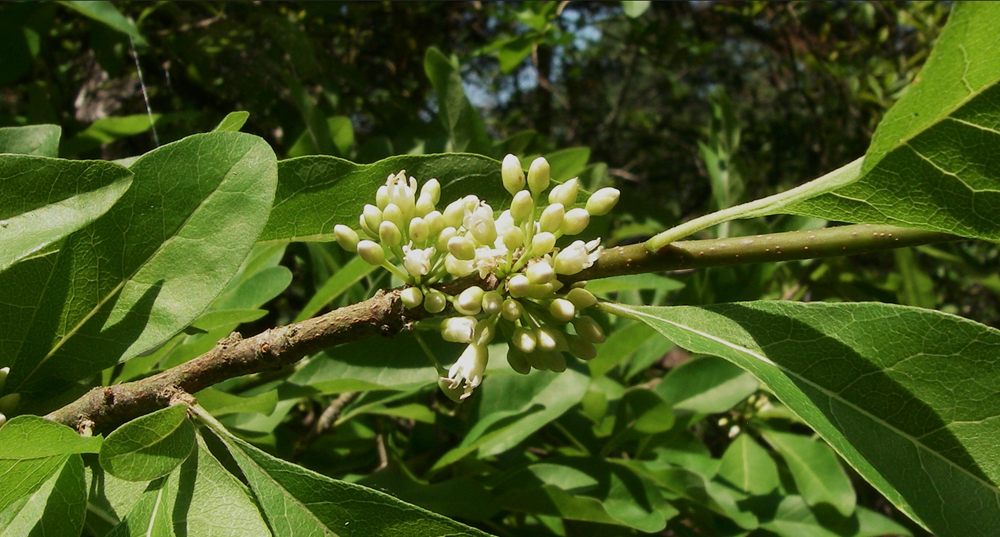Outdoor Delaware is the award-winning online magazine of the Delaware Department of Natural Resources and Environmental Control. Articles and multimedia content are produced by the DNREC Office of Communications.
Upward of 1,600 plant species are native to Delaware, according to state botanist Bill McAvoy. Surprisingly, a full 40% of those are considered rare in the state.
Of the 657 rare plants, more than a third have not been seen here in at least 20 years, including 47 species believed to be completely extinct in Delaware.
In fact, the First State tops most others when it comes to rare flora, with a higher percentage of plants classified as scarce than almost any state in the country, McAvoy said. That’s largely attributable to Delaware’s small size.
To McAvoy, few things are more thrilling than discovering a new species or a species not previously believed to exist in the state — something he’s done on a number of occasions in his 33 years as the Delaware Department of Natural Resources and Environmental Control’s foremost plant expert.
Delaware’s rare plants include flowers, grasses and trees and can be found in various locations throughout the state, especially in wetlands and forests. It’s entirely possible that not all the species in Delaware have been discovered and catalogued, which means our state could be home to an even higher share of uncommon plants.
McAvoy is a firm advocate for protecting these species, each of which plays a unique role in the ecosystem.
“This is a living organism that deserves to exist, but also it’s part of Delaware’s natural heritage that we’re destroying,” he said. “We need to preserve that natural heritage in the state of Delaware.”
Many animals depend on one particular species of plant, making them especially vulnerable to factors like climate change. Unfortunately, sea level rise is causing saltwater to break from its traditional limits and move inland, which is damaging to plants, McAvoy said. Many marshes in the state have a greater degree of salinity than just a few decades ago, he noted, while development and agricultural uses have also been harmful to Delaware’s flora.
“Remove one of those links from the chain and everything becomes dysfunctional,” McAvoy said, pointing to rare butterflies that completely rely on a number of plant species here. If those plants are wiped out, the insects that use them for food could die off as well, which would potentially have repercussions further along the food chain.
Here is a look at some of the most uncommon plant species in the First State.
Hirst Brothers’ panic grass
Hirst Brothers’ panic grass is named after two New Jersey botanist siblings who discovered the species in the 20th century. It is formally known as Dichanthelium hirstii from the Greek “dicha” (twice) and “anthelion” (flower), referring to the two phases of flowering the grass goes through, first in the spring and then in the fall.
One of the world’s rarest grass species, Hirst Brothers’ panic grass is found in only eight locations in North America, including one population in Sussex County.
It’s a perennial species, meaning it lasts more than two years. In bloom from May to September, Hirst Brothers’ panic grass is found in seasonally flooded wetland depressions sometimes known as whale wallows or Delmarva bays. Its seeds are eaten by birds like quail, and the plant can grow to be several feet tall.
The grass is one of McAvoy’s favorite species, as he was friends with the discoverers. In 2014, he led an expedition to the state of Georgia that ultimately found around 500 members of Hirst Brothers’ panic grass growing in the wild.
And in case you were wondering — no, the name has nothing to do with becoming alarmed. Rather, it stems from the Latin “panus,” which refers to the millet grass.
Purple pitcher plant
The purple pitcher plant, also known as the northern pitcher plant, is far more common than the panic grass, being found in about two dozen states and much of Canada. It’s considerably less prevalent in Delaware, though.

The perennial plant is known by the scientific name Sarracenia purpurea after its discoverer, Canadian doctor and scientist Michel Sarrazin, and “purpurea,” Latin for purple.
This carnivorous plant is part of the pitcher plant family, one of the most unique types of flora. The species has hollow leaves that look like pitchers and contain glands that release nectar, attracting insects and even small amphibians and mammals. These creatures often become stuck in the pitcher after entering and drown in rainwater that has collected at the bottom. The plant then uses enzymes to digest the organisms.
This colorful species can be about a foot tall. It blooms from May to August and is found in both New Castle and Sussex counties, though it is more commonly spotted in Atlantic white cedar swamps in southern Delaware. The plant’s roots typically grow in water, with the crown sitting above water.
Little curlygrass fern
The little curlygrass fern was only discovered in Delaware in 1990 in an Atlantic white cedar swamp in Sussex. It is found in just a few locations along the eastern coast of the United States and Canada, though a disjunctive population exists in Peru.
Its scientific name is Schizaea pusilla, which comes from the Greek “schizein” (split) and Latin “pusilla” (small).
As with many of Delaware’s most unique plants, the little curlygrass fern is a perennial. It blooms in July and August and grows to be a few inches in height.
Unlike most ferns, its leaves are curly and grass-like, hence the name.
Blue lobelia

The blue lobelia, or longleaf lobelia, is an herb found in wetland habitats. It prefers fresh water but can live in brackish environments.
It is officially known as Lobelia elongate, after Flemish botanist Mathias de l’Obel and the Latin “elongate,” or elongated.
The blue lobelia is native to the southeastern United States, with Sussex being at the northern tip of its range. The plant can grow to be several feet tall, with leaves that are thicker, stiffer and wider than those produced by many other lobelia plants.
It blooms in August and September, and hummingbirds use its nectar as food. As a perennial, it dies down over the winter before growing again come warm weather.
The species is one of McAvoy’s favorites due to its rarity and pretty color, although he noted it is on the path to extinction here due to climate change, chiefly in the form of sea-level rise.
Mid-Atlantic beaksedge
The mid-Atlantic beaksedge is one of the newest rare plants in Delaware, only being identified as a distinct species in 2023. Just six populations across Maryland, New Jersey and Delaware are known, including one in Sussex.
The plant’s scientific name is Rhynchospora mesoatlantica. The former comes from the Greek words “rhynchus” (beak) and “spora” (seed), and the latter refers to its location in the mid-Atlantic.
This perennial, which grows to a height of about 2 feet, is found in seasonal ponds and blooms from June to August.
Though just noted as a new species last year, the first example of the mid-Atlantic beaksedge was collected in 1899 in Sussex by a Wilmington botanist, according to McAvoy. Because of its small population and land-use changes, this plant is considered by scientists to be threatened.
Delaware hawthorn
The Delaware hawthorn is a tree-like shrub found in New Castle, though it has not been seen in more than a century.
Its official name, Crataegus delawarensis, stems from “kratos,” a Greek word meaning strength that refers to the hardness of its wood, and from the Greek term “akis” (sharp) in reference to the thorns some members of the hawthorn family have. (You can probably guess where the second half of the name originates.)
This perennial lives in thickets and tree lines and blooms in May. Its fruit is eaten by many animals, including wild turkeys, while the nectar and pollen benefit a number of insect species. The Delaware hawthorn is deciduous, meaning it sheds its leaves in the fall and regrows them the following year.
It extends to a height of up to 30 feet and, like the mid-Atlantic beaksedge, was first collected by a botanist from Wilmington in 1899.
Buckthorn bumelia
The buckthorn bumelia, or buckthorn bully, is a deciduous tree primarily located in the South in the United States. In Delaware, the only known population was found in Sussex at a shell midden, which contains waste from shellfish once eaten by Native Americans.

The plant’s formal name, Sideroxylon lycioides, is a reference to the Greek words “sideros” (iron) and “xylon” (wood) and its resemblance to the lycium, a type of nightshade.
The buckthorn bumelia typically makes its home in sandy woodlands and forested sandspits. It’s a perennial that blooms in July and can grow to be approximately 30 feet tall.
Its leaves are typically a shiny dark green and can be around 5 inches long. The fruit is ovoid and, when ripe, is a blackish-red color and about half an inch in size.
Its flowers attract pollinators, and its fruit is eaten by critters like birds and squirrels. Indigenous Americans, who may have brought the species to Delaware centuries ago, also likely dined on the fruit.
Related Topics: fish and wildlife, flora, native plants, nature, plant, rare plants